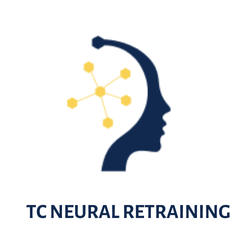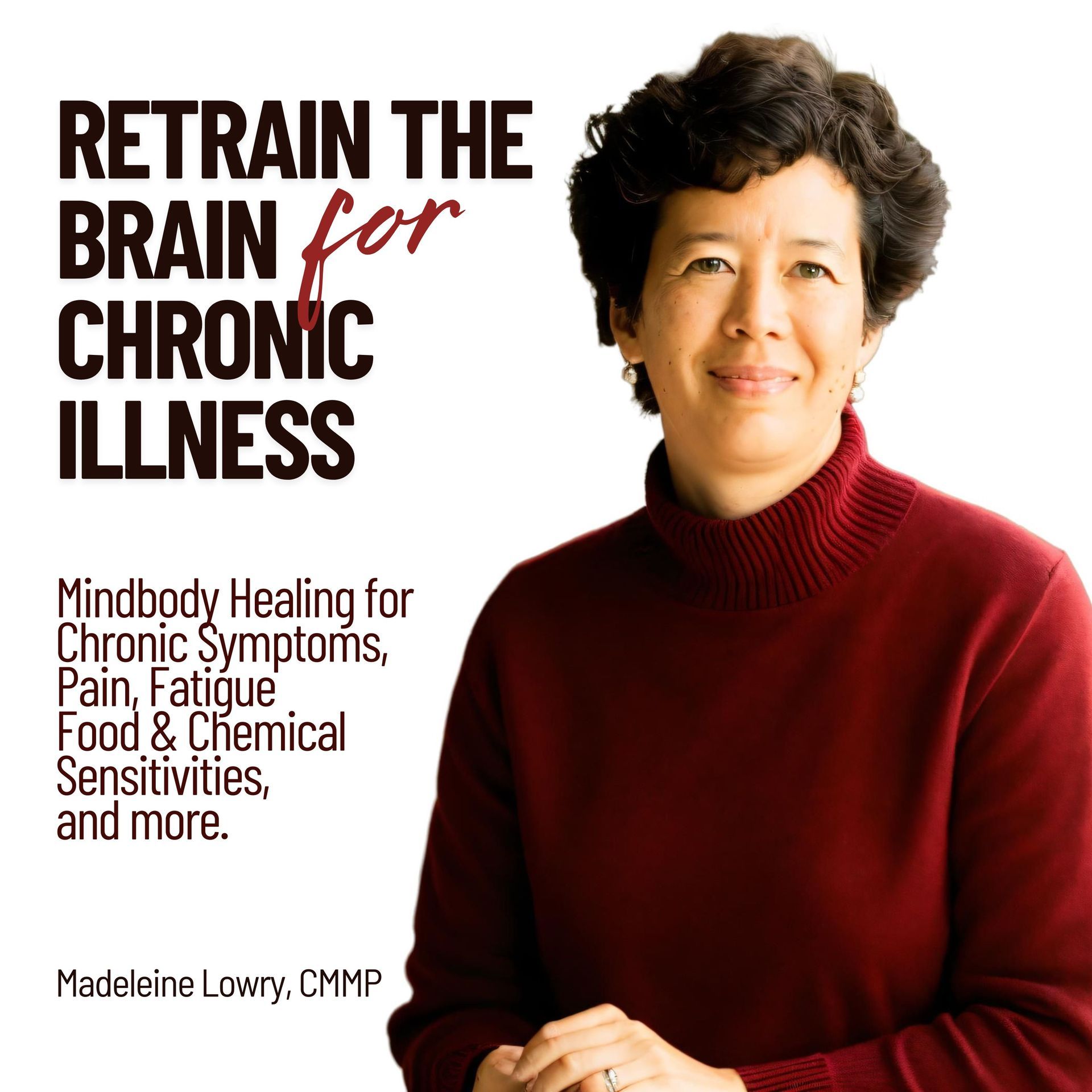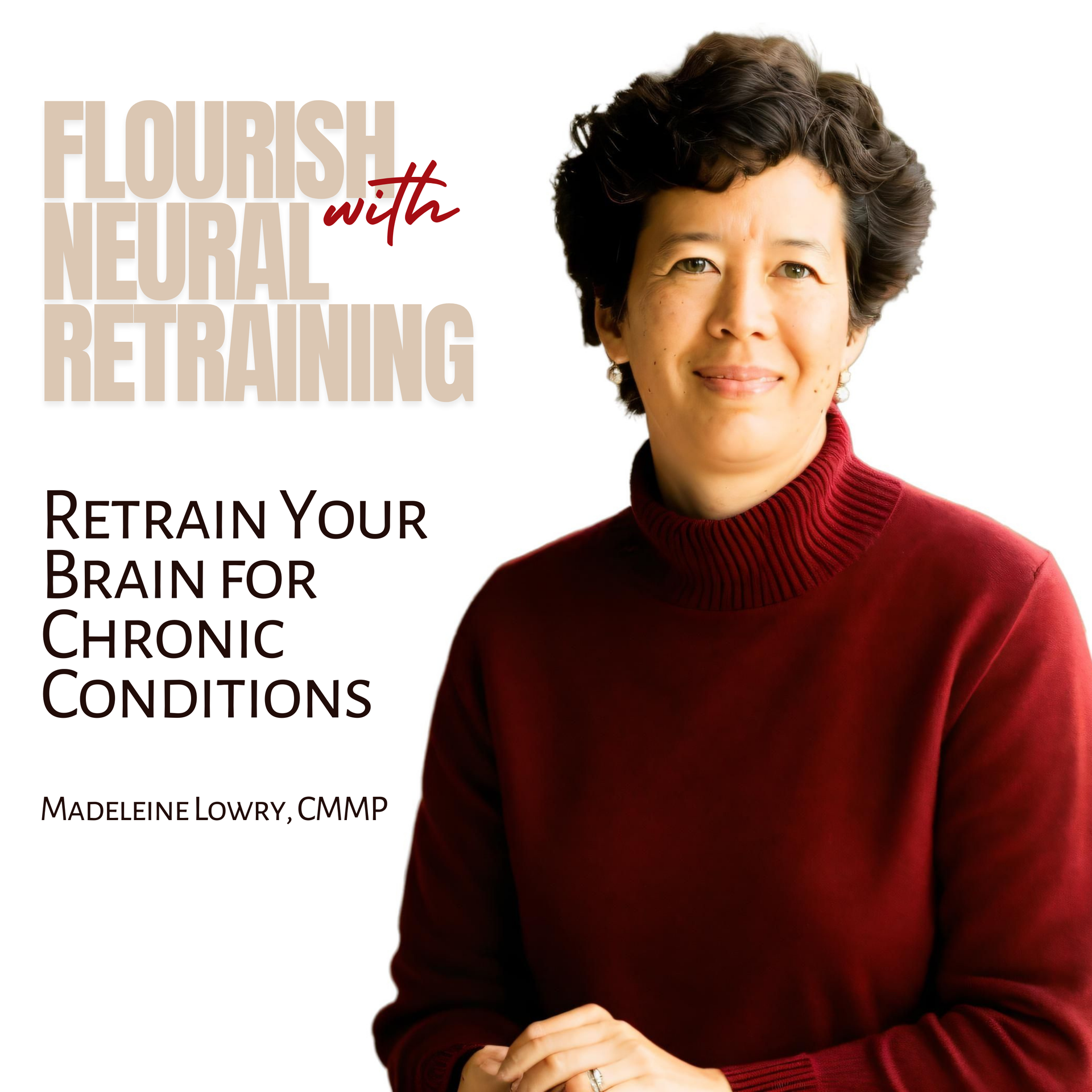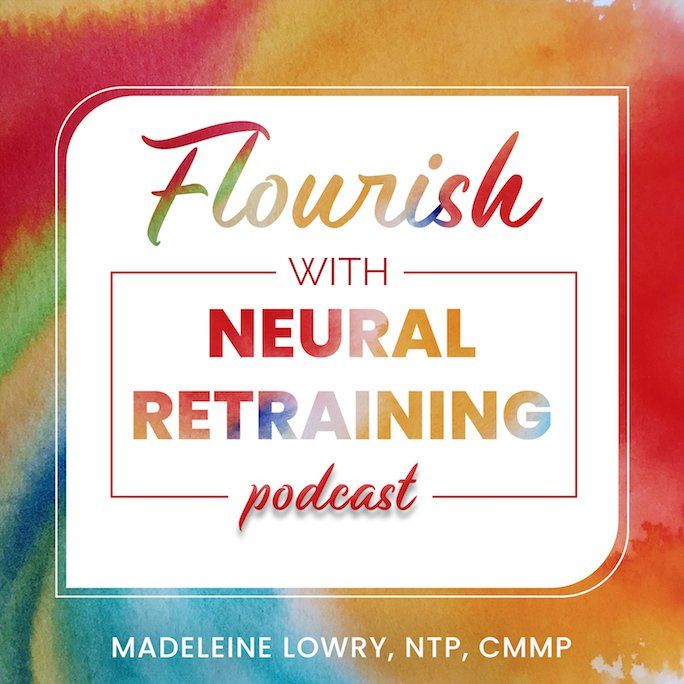How Do We Heal Trauma by Retraining the Brain?
Advanced neural retraining for painful emotional memories
When it comes to healing trauma, many people are familiar with the energy-psychology techniques of the 1980s and 90s: Emotional Freedom Technique (EFT) or tapping and Eye Movement Desensitization and Reprocessing (EMDR). These are the precursors to the MAP Method of advanced neural retraining.
The MAP Method differs in that it is much gentler and yet more powerful. Your brain heals itself based on verbal instructions from a MAP Practitioner. The process is easy and requires little from the client: Can you close your eyes and relax? Can you focus on your memory, or just a bit of it if it's very painful? Can you feel the emotions and rate them? Once the practitioner starts to give instructions to your subconscious, your only task is to observe what comes up in your mind.
This is the basic flow of a MAP session. Each round of instructions takes about 5-10 minutes and we do a few rounds in each session with an opportunity for you to share feedback after each round.

No equipment is required, beyond what is needed to connect to a Zoom videoconference. With MAP there is no longer any need for bilateral stimulation, tapping, or eye movements; the brain does all of this itself simply and elegantly.
You may be wondering: How will my brain know what to do to heal the memory? Is the Method solely based on verbal instructions? And would the same words spoken by anyone else have the same healing effect?
Let me explain: Yes, your brain will know what to do. In my practice only about 2-3% of new clients are non-responders and we can usually figure this out in the first session. The brain activity that ensues is not all based on spoken instructions, there is an empathic and intuitive connection between the practitioner and the client that is essential. Developing this ability is a significant part of the training to become a MAP Practitioner.
But there is also one more piece: Your subconscious mind has to be initiated to the MAP Method. It's a simple two-step process and it only has to be done once.
How to prepare for your first MAP Session
When you book an appointment for an Introductory MAP Session, or register for the MAP Introduction program you will be asked to watch a 15-minute preparatory video. This is the first step. The video explains how memories form the personality and introduces some of the terms that you will hear during a MAP session.
You will come to the first session with a few ideas for a topic. The first session is always about a painful emotional memory, fear or phobia. In this session we want you to be able to feel the difference in the emotional intensity from the beginning and the end of the session. The memory you choose could also be a stressful event that preceded the development or worsening of symptoms, or it can be a recent memory that triggers anxiety or stress.
We begin by reviewing the concepts you learned in the video and prepare your subconscious mind for MAP sessions with a few basic instructions such as: "Superconscious, please do what is necessary so that we can communicate clearly." (Superconscious is our term for the self-healing aspect of your subconscious mind.) We also teach your subconscious how to treat a painful or emotional memory with a metaphor. This is the second step and takes about 10-15 minutes.
Healing trauma memories in MAP Sessions
Once your subconscious has been initiated to the Method, it becomes receptive to MAP instructions. The painful emotions associated with your selected memory are neutralized by your subconscious mind as you focus on the memory and your subconscious is guided by the instructions. Throughout the session, your subconscious mind will be revealing connections and we follow those connections to neutralize the associations. In this way, your brain neutralizes clusters of memories that were serving to reinforce the emotional intensity.
Let me emphasize that your subconscious mind is in control of the session at all times and can accept or reject any instruction. Your subconscious also sets the pace. Any rewiring that happens is always in alignment with your intention for the session, your topic and your goals.
MAP Sessions are very gentle and the results can be subtle especially when we are working with something more abstract, like a negative thought pattern, or sensation. That is why we always start with a topic that is emotional. By the end of the first one-hour session, you should to be able to feel the difference in emotional intensity as you focus on the original memory.
Please understand: you will still have the memory. This is not about erasing memories or inhibiting your ability to feel negative emotions. But the memory will feel more neutral and you will be able to regard the experience as simply something that happened to you in the past.
This process is much harder to explain than to experience. It may sound a lot like EMDR or EFT, but unlike EMDR the Method does not require re-hashing the memory in detail. It's really just a gentle placing of the mind on whatever part of the memory you're willing to observe. Once the instructions are given, your attention can turn to whatever is coming up in your mind. The effects go beyond EFT in that we are harnessing the power of the subconscious mind to search for related conscious and unconscious memories and neutralizing them at the same time.
What are the benefits of neutralizing traumas?
The obvious benefit is that a painful memory becomes less intense and you can observe it with some neutrality. But often trauma memories create or reinforce programming in the subconscious mind that can lead to negative thought patterns, negative moods, compulsions, personality traits, or self-defeating behaviors. As we work together in a set of MAP sessions, these programs become weaker. Why? Because the intense emotions around the trauma prioritized the related program in the mind. When the memory is less charged, the program is de-prioritized and runs less often, or becomes more easily dismissed.
After the first few sessions, people report emotional shifts; they feel less anxious, sad or irritated and more peaceful. After a few more sessions, people report mental and behavioral changes --less negative self-talk, less catastrophizing, etc. And, for those with chronic conditions and symptoms, physical shifts may be noted after additional sessions. These can include alleviation of sensitivities, better sleep, improved energy, hormonal balance, digestion, detoxification, thyroid and immune function. The pace of progress varies by individual, but it's exciting to witness the changes. It's what keeps me doing this work!
Summary
- With the MAP Method of advanced neural retraining, your brain heals itself in each session.
- MAP is an advancement on previous energy psychology techniques such as EMDR and EFT.
- Every client has to be initiated to the MAP Method in a simple 2-step process.
- MAP harnesses the power of the subconscious mind to identify related associations.
- Healing emotional trauma memories is the principle benefit of MAP sessions, but the benefits can also be mental/behavioral and physical.
Learn more
- Watch the videos describing the principles behind the MAP method, studies of the brain activity during a session, and the experience of being in a session.
- Listen to the Flourish with Neural Retraining podcast - Episode 52: MAP for Painful Memories-Client Stories which explains how resolving trauma memories lays the foundation for healing.
- Watch the videos:
Frequently Asked Questions about MAP.
- Learn more about the Introduction to MAP online program.
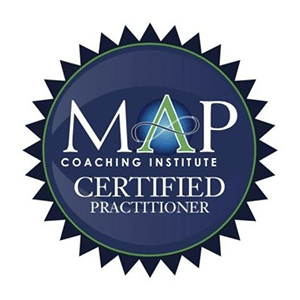

Madeleine Lowry, NTP, CMMP
Certfied MAP Method Practitioner
Madeleine specializes in neural retraining for chronic conditions. As a Nutritional Therapy Practitioner, she worked with many clients who were interested in eliminating allergies, sensitivities and intolerances. After learning a basic method and seeing its limitations, she trained in an advanced method of retraining the brain and now offers MAP sessions over Zoom and online self-paced programs for Anxiety/Depression, Sensitivities, Chronic Pain, Self-Healing, and COVID Long.
Related Posts

